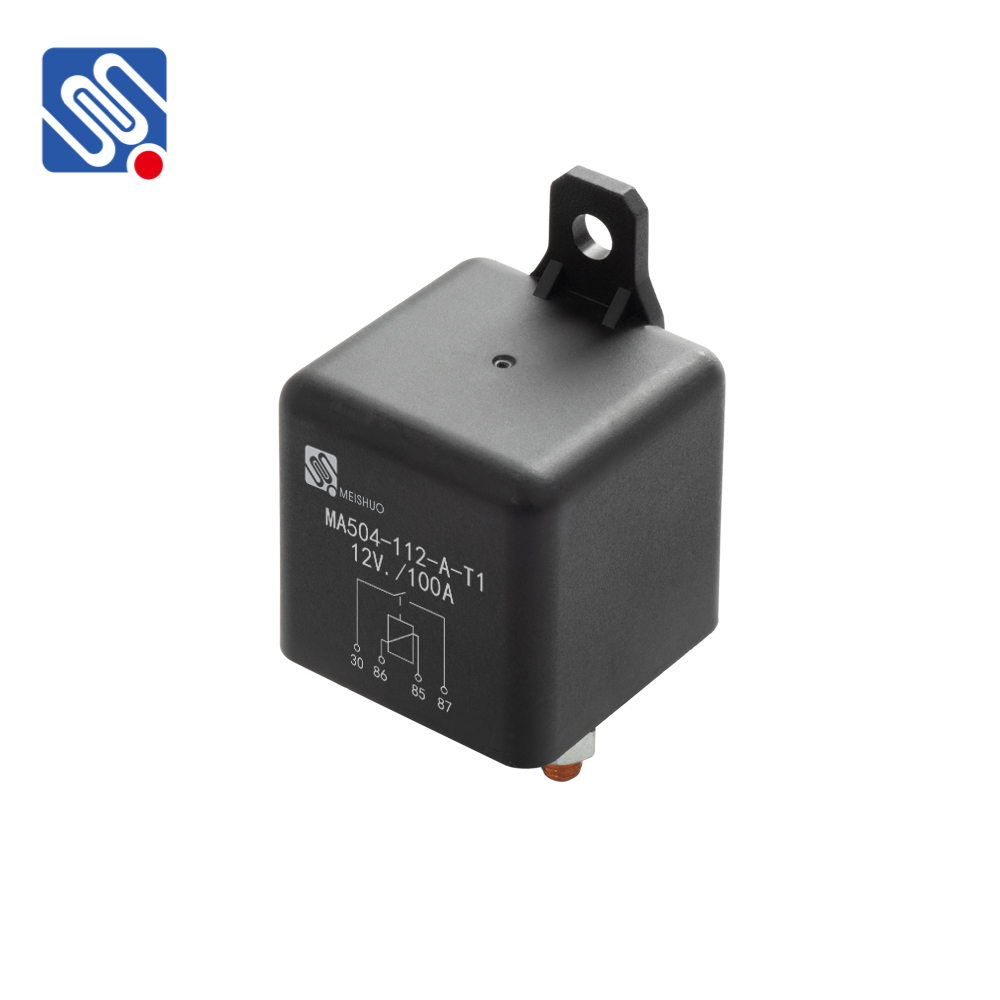Relay loads are essential components in electrical and automation systems, facilitating the control of higher-power devices using low-power control signals. A relay is an electromagnetic switch that opens or closes a circuit based on an input signal, allowing a control circuit to manage larger, potentially dangerous loads safely and efficiently. Understanding relay load is crucial for designing reliable and effective electrical systems in various industries, from home appliances to industrial machinery.

What is a Relay? A relay is a type of electrical switch used to control a circuit by using a low-power signal to operate a high-power circuit. When a current flows through the coil of a relay, it generates a magnetic field that causes a switch to either open or close. This ability to control a large current with a small current makes relays a vital part of modern electrical systems. There are different types of relays, including mechanical, solid-state, and reed relays, each serving various purposes depending on the load characteristics and application requirements. Types of Relay Loads